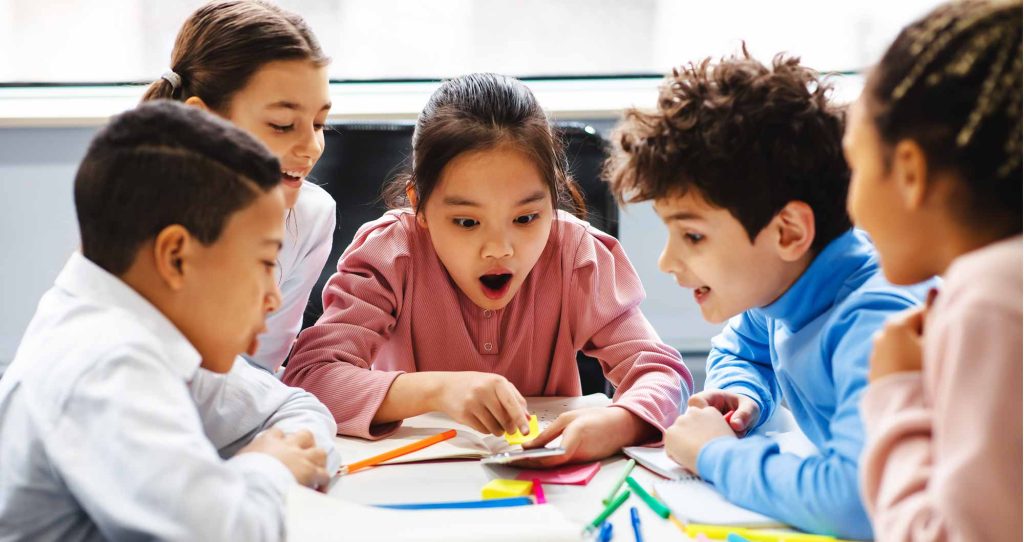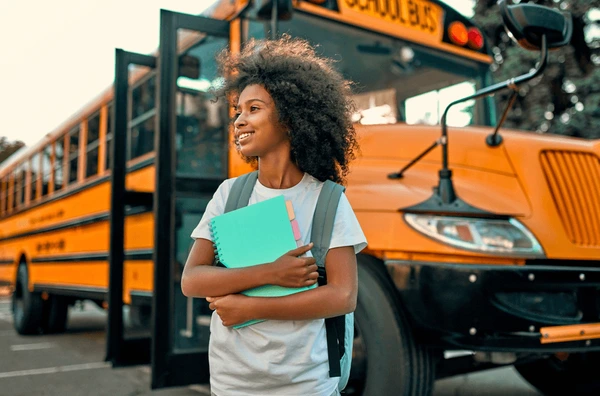JAKARTA, incaschool.sch.id – Hey there! If you’ve ever walked into a classroom and felt the vibes going from zero to full throttle in seconds, you’ll know why Classroom Dynamics: Managing Energy and Behavior Positively isn’t just a fancy phrase. It’s survival, pure and simple. I’ve learned the hard way that what vibes you bring in, the kids multiply by ten.
Classroom dynamics play a crucial role in shaping the learning environment and influencing student behavior. A well-managed classroom not only enhances student engagement but also fosters a positive atmosphere conducive to learning. In this article, I will share effective strategies for managing classroom dynamics, focusing on how to positively channel energy and behavior to create a thriving educational space.
Understanding Classroom Dynamics

1. What Are Classroom Dynamics?
Classroom dynamics refer to the interactions and relationships among students and between students and teachers within the classroom setting. These dynamics encompass various factors, including communication styles, group behaviors, and the overall emotional climate of the classroom.
2. Why Are Classroom Dynamics Important?
The importance of understanding and managing classroom dynamics can be highlighted through several key points:
- Influence on Learning: Positive classroom dynamics promote student engagement and motivation, leading to improved academic performance.
- Behavior Management: Effective management of classroom dynamics helps prevent disruptive behaviors and fosters a respectful learning environment.
- Social Development: A well-managed classroom encourages collaboration and social skills, helping students develop important interpersonal skills.
My Journey: Insights on Managing Classroom Dynamics
1. Recognizing the Energy Levels
Early in my teaching career, I often struggled to gauge the energy levels of my students. Some days, the class was lively and enthusiastic, while other days felt flat and disengaged. I realized that understanding these energy fluctuations was key to managing classroom dynamics effectively.
Lesson Learned: I began to observe and respond to the energy levels in the room. When students were energetic, I incorporated more interactive activities to channel that enthusiasm. Conversely, on quieter days, I opted for reflective exercises that allowed for deeper thinking and engagement.
2. Building Strong Relationships
Initially, I focused heavily on content delivery, often neglecting the importance of building relationships with my students. While I was knowledgeable about my subject, I soon learned that understanding my students as individuals was essential for effective classroom management.
What I Learned: Building strong relationships with students fosters trust and respect. I made a conscious effort to learn about my students’ interests, backgrounds, and learning styles. This connection allowed me to tailor my approach and create a more inclusive and supportive classroom environment.
3. Establishing Clear Expectations
At the beginning of my teaching journey, I was hesitant to set strict rules, believing that flexibility would create a more relaxed atmosphere. However, I quickly discovered that a lack of clear expectations often led to confusion and misbehavior.
Lesson Learned: Establishing clear and consistent expectations is vital for managing classroom dynamics. I implemented a collaborative process where students contributed to the creation of classroom rules. This involvement not only clarified expectations but also empowered students to take ownership of their behavior.
Strategies for Managing Classroom Dynamics
1. Foster a Positive Classroom Environment
Create a welcoming and inclusive classroom atmosphere where all students feel valued and respected. Use positive reinforcement to acknowledge good behavior and encourage a sense of community among students.
2. Use Active Learning Techniques
Incorporate active learning strategies that engage students and promote collaboration. Group work, discussions, and hands-on activities can help channel energy positively and keep students focused on their learning.
3. Implement Flexible Seating
Consider using flexible seating arrangements that allow students to choose where and how they work best. This autonomy can enhance comfort and engagement, contributing to a more dynamic classroom environment.
4. Monitor and Adjust
Continuously monitor classroom dynamics and be willing to adjust your strategies as needed. Pay attention to student interactions and energy levels, and be flexible in your approach to maintain a positive learning environment.
5. Encourage Student Voice
Empower students by giving them a voice in classroom decisions. Allowing students to contribute to discussions about rules, activities, and learning topics fosters a sense of ownership and responsibility for their behavior.
Conclusion
Classroom dynamics are integral to creating a positive and effective learning environment. My journey has taught me the significance of recognizing energy levels, building strong relationships, and establishing clear expectations.
By implementing effective strategies for managing classroom dynamics, educators can create a space where students feel engaged, respected, and motivated to learn. Ultimately, a positive classroom environment not only enhances academic success but also fosters the social and emotional growth of students, preparing them for future challenges.
Improve Your Abilities: Explore Our content on Knowledge
Take a Look at Our Latest Article on Academic Conferences: Sharing Knowledge and School Research


